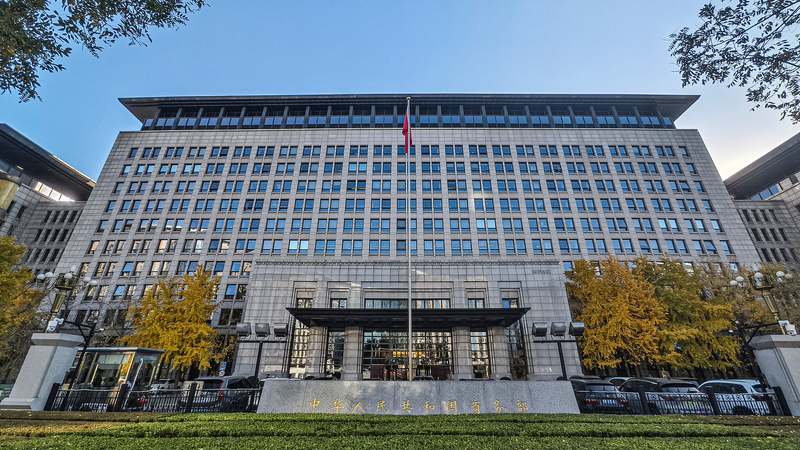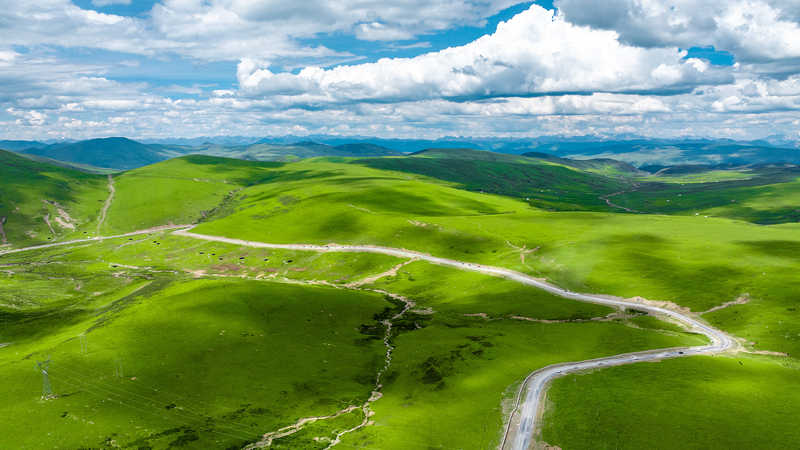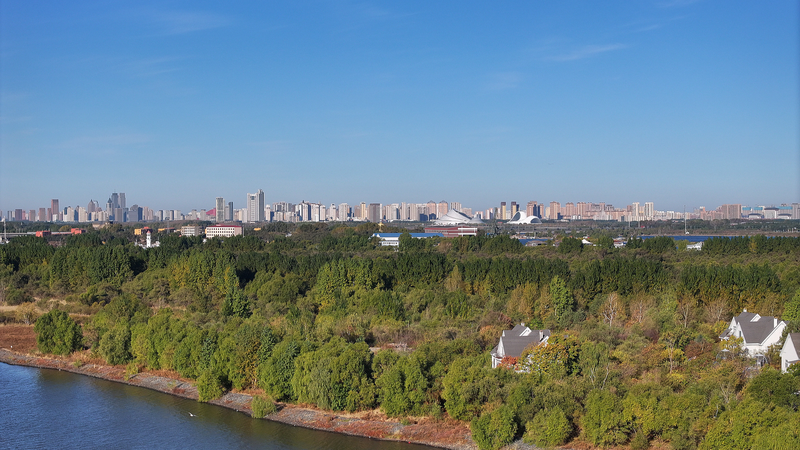From April 8 to 10 in Beijing, leading archaeologists unveiled a new spatio-temporal framework that charts 100,000 years of human history on the Qinghai-Tibet Plateau. Spearheaded by the National Cultural Heritage Administration and the Tibet Autonomous Region Bureau of Cultural Relics, teams from 12 institutions—including Peking University, the Institute of Vertebrate Paleontology and Paleoanthropology, and Sichuan University—have taken the field by storm.
Key Periods and Discoveries
- Paleolithic (100,000+ years ago): Excavations at Shanggagang and Melongdap Caves reveal in situ stone tool production, lithic technologies, and early pottery, shedding light on ancient survival strategies in high‑altitude environments.
- Neolithic (4,800–2,000 years ago): Maroutse and Rapu sites, perched above 4,500 meters, host the plateau's earliest and longest-lasting lakeshore settlements, offering a rare glimpse of continuous human adaptation.
- Early Metal Age: The millennium-old Sandalongguo cemetery uncovers social stratification, while pottery jars and serpent-patterned bronze mirrors at Guoxiong hint at vibrant cross‑regional exchanges with western Sichuan.
- Tubo Period (since 7th century CE): Finds from multiple Wenjiang sites—glazed bricks, ceramics, ironware—illustrate dynamic trade along the southern Silk Road and cultural ties with Tang heartlands.
Why It Matters
By weaving together archaeological evidence from Paleolithic caves to Tubo-era artifacts, this breakthrough not only fills vital gaps in Plateau prehistory but also underscores Tibet’s integral role in China’s diverse civilizational tapestry. For global citizens and tech enthusiasts alike, these discoveries demonstrate how cutting-edge research, digital mapping, and interdisciplinary collaboration can redefine our understanding of human resilience and cultural unity.
Next Steps
Looking ahead, archaeologists will deepen excavations, harness advanced dating technologies, and expand public outreach—paving the way for sustainable heritage tourism, coordinated cultural preservation, and socioeconomic development across the plateau.
Reference(s):
cctv.com




